The problem with @jlhoward's solution is that you need to manually add goem_ribbon for each group you have. I wrote my own ggplot stat wrapper following this vignette. The benefit of this is that it automatically works with group_by and facet and you don't need to manually add geoms for each group.
StatAreaUnderDensity <- ggproto(
"StatAreaUnderDensity", Stat,
required_aes = "x",
compute_group = function(data, scales, xlim = NULL, n = 50) {
fun <- approxfun(density(data$x))
StatFunction$compute_group(data, scales, fun = fun, xlim = xlim, n = n)
}
)
stat_aud <- function(mapping = NULL, data = NULL, geom = "area",
position = "identity", na.rm = FALSE, show.legend = NA,
inherit.aes = TRUE, n = 50, xlim=NULL,
...) {
layer(
stat = StatAreaUnderDensity, data = data, mapping = mapping, geom = geom,
position = position, show.legend = show.legend, inherit.aes = inherit.aes,
params = list(xlim = xlim, n = n, ...))
}
Now you can use stat_aud function just like other ggplot geoms.
set.seed(1)
x <- c(rnorm(500, mean = 1), rnorm(500, mean = 3))
y <- c(rep("group 1", 500), rep("group 2", 500))
t_critical = 1.5
tibble(x=x, y=y)%>%ggplot(aes(x=x,color=y))+
geom_density()+
geom_vline(xintercept = t_critical)+
stat_aud(geom="area",
aes(fill=y),
xlim = c(0, t_critical),
alpha = .2)

tibble(x=x, y=y)%>%ggplot(aes(x=x))+
geom_density()+
geom_vline(xintercept = t_critical)+
stat_aud(geom="area",
fill = "orange",
xlim = c(0, t_critical),
alpha = .2)+
facet_grid(~y)





